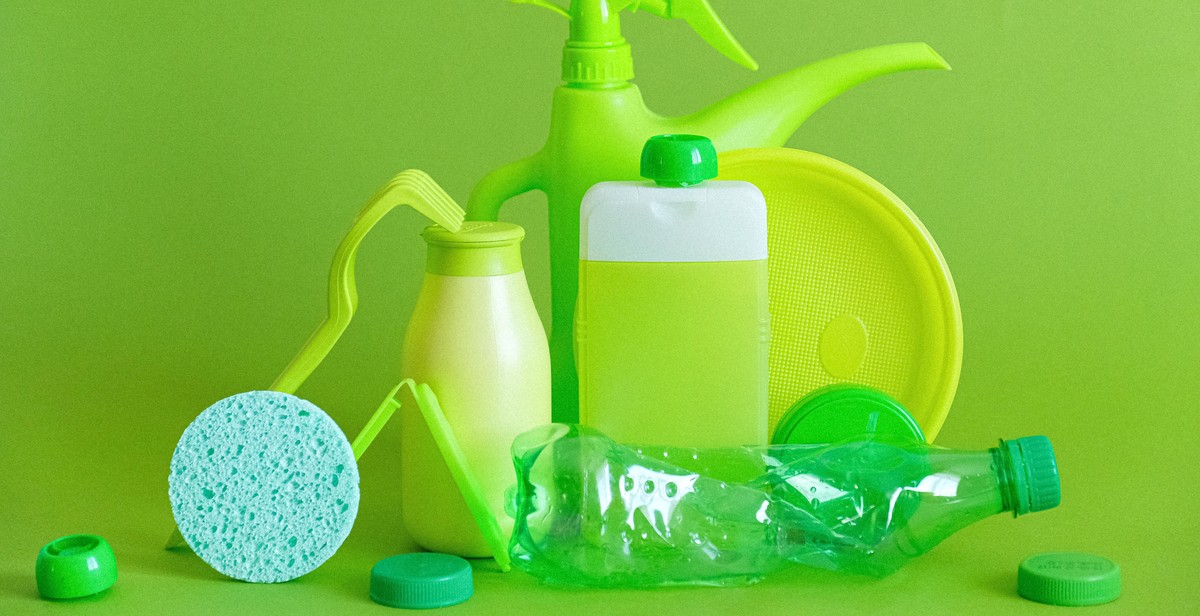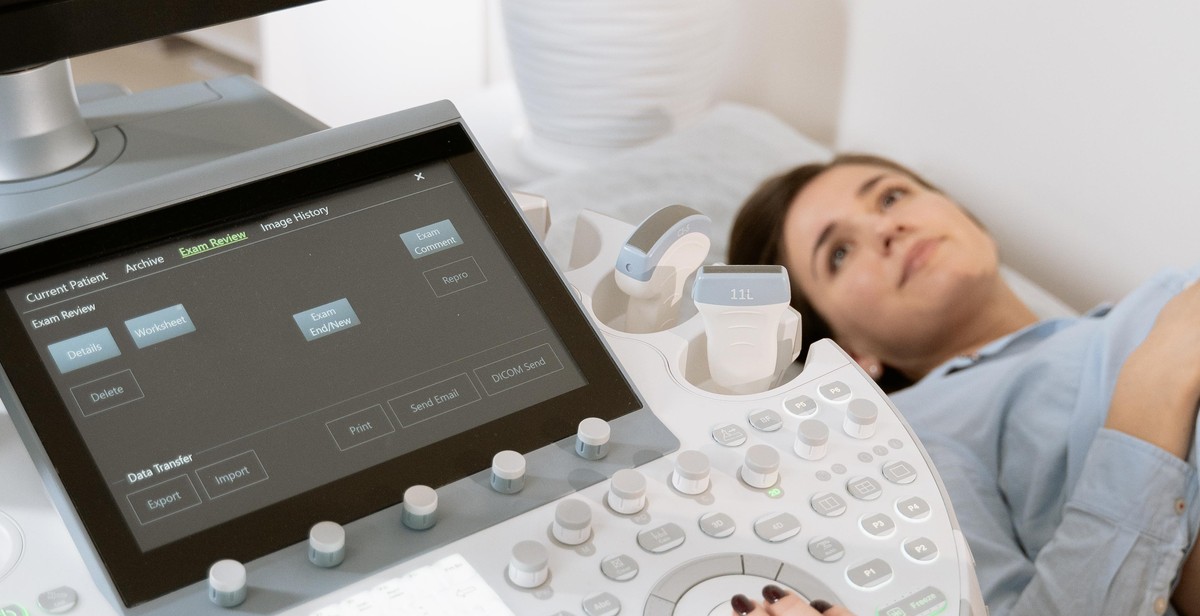Introduction: Why Childproofing is Important
As a parent, your child’s safety is the top priority. It’s important to create a safe home environment that is free from potential hazards and accidents. Childproofing your home is a crucial step in ensuring that your child is protected from harm.
Every year, thousands of children are injured or killed due to accidents that could have been prevented. These accidents can happen anywhere, but they are most common in the home. From electrical outlets to sharp corners, there are many potential hazards in every room of the house.
Childproofing your home doesn’t have to be a daunting task. With the right knowledge and tools, you can make your home a safe haven for your child. In this article, we’ll provide you with some valuable tips and strategies for childproofing your home and preventing accidents.
The Benefits of Childproofing
Childproofing your home has numerous benefits, including:
- Reducing the risk of injuries and accidents
- Giving you peace of mind knowing that your child is safe
- Helping your child develop a sense of independence and confidence
- Protecting your belongings from damage
By taking the time to childproof your home, you’re investing in your child’s safety and wellbeing. Let’s get started!

Identifying Potential Hazards
Childproofing your home is essential to keep your little ones safe from accidents. To create a safe home environment, you need to identify potential hazards in each room and take appropriate measures to prevent accidents. Here are some common hazards that you should watch out for:
Kitchen Hazards
The kitchen is a high-risk area for children. Hot stoves, sharp knives, and electrical appliances can cause serious injuries. To prevent accidents, keep all sharp objects and cleaning chemicals out of reach. Install stove guards and use knob covers to prevent your child from turning on the stove. Keep hot liquids away from the edge of the counter and use back burners when cooking.
Bathroom Hazards
The bathroom is another area that requires special attention. Slippery floors, hot water, and electrical appliances can cause injuries. To make your bathroom safe for your child, use non-slip mats in the bathtub and shower. Set your water heater to 120 degrees Fahrenheit or lower to avoid scalding. Keep all medications, razors, and other sharp objects out of reach. Install toilet locks to prevent drowning and keep the toilet lid closed.
Living Room Hazards
The living room is where your child spends most of their time. However, it can also be a dangerous place if not properly childproofed. Heavy furniture, electrical cords, and sharp corners can cause injuries. To prevent accidents, anchor all furniture to the wall to prevent tipping. Cover sharp corners with edge guards. Keep all electrical cords out of reach and use cord shorteners to prevent tripping.
Bedroom Hazards
Your child’s bedroom should be a safe haven. However, it can also be a place where accidents happen. To make your child’s bedroom safe, use a firm and snug mattress in the crib. Keep all soft objects, such as pillows and blankets, out of the crib. Install window guards to prevent falls and keep blind cords out of reach.
Staircase and Balcony Hazards
Stairs and balconies can be dangerous for children, especially if they are not properly secured. To make your stairs safe, install safety gates at the top and bottom to prevent falls. Use non-slip treads on the stairs to prevent slipping. Make sure the balcony is secure and install safety netting or guards to prevent falls.
Electrical and Fire Hazards
Electrical and fire hazards are serious risks in any home. To prevent electrical accidents, cover all electrical outlets with safety covers and keep all electrical cords out of reach. Install smoke detectors in every room and test them regularly. Have a fire extinguisher in your home and teach your child how to use it in case of an emergency.
| Hazard | Prevention |
|---|---|
| Hot stoves and appliances in the kitchen | Install stove guards, use knob covers, and keep hot liquids away from the edge of the counter |
| Slippery floors and hot water in the bathroom | Use non-slip mats in the bathtub and shower, set your water heater to 120 degrees Fahrenheit or lower, and keep all medications and sharp objects out of reach |
| Heavy furniture and electrical cords in the living room | Anchor all furniture to the wall, cover sharp corners with edge guards, and keep all electrical cords out of reach |
| Soft objects and window hazards in the bedroom | Use a firm and snug mattress in the crib, keep all soft objects out of the crib, and install window guards |
| Unsecured stairs and balconies | Install safety gates and non-slip treads on the stairs, and use safety netting or guards on the balcony |
| Electrical and fire hazards | Cover all electrical outlets and cords, install smoke detectors, and have a fire extinguisher in your home |

Childproofing Tips
As a parent, ensuring the safety of your child is paramount. Childproofing your home is an effective way of preventing accidents and injuries. Here are some tips on how to make your home environment safe for your child:
Install Safety Gates
Installing safety gates is the first step in creating a safe home environment for your child. Safety gates can be used to block off areas such as staircases, kitchens, and bathrooms. They come in different sizes and designs to fit your specific needs.
Secure Furniture and Appliances
Children are curious and can easily topple furniture and appliances while exploring their surroundings. Secure furniture and appliances to prevent them from falling on your child. You can use furniture straps or anchors to secure items such as bookshelves, dressers, and TVs.
Cover Electrical Outlets
Electrical outlets pose a significant danger to young children. Cover electrical outlets with safety plugs or outlet covers to prevent your child from sticking their fingers or objects into them.
Lock Cabinets and Drawers
Cabinets and drawers contain items that can be hazardous to children, such as cleaning products, sharp objects, and medications. Install childproof cabinet locks and drawer latches to prevent your child from accessing these items.
Use Corner and Edge Guards
Sharp corners and edges on furniture can cause injuries to children. Use corner and edge guards on furniture such as tables, counters, and fireplace hearths to cushion the impact in case of falls.
Install Window Guards and Stops
Windows are another potential hazard for children. Install window guards and stops to prevent your child from falling out of open windows. Window guards should be installed on windows above the first floor, and window stops should be used to limit the opening of windows on the first floor.
Secure Cords and Wires
Electrical cords and wires can pose a tripping hazard for children. Secure cords and wires to walls or baseboards using cord covers or tape to prevent your child from tripping or pulling on them.
Use Non-Slip Mats and Rugs
Slippery floors can cause falls and injuries to children. Use non-slip mats and rugs in areas such as bathrooms, kitchens, and entryways to prevent slips and falls. Make sure the rugs have a non-slip backing and are securely fastened to the floor.
| Childproofing Tips |
|---|
| Install Safety Gates |
| Secure Furniture and Appliances |
| Cover Electrical Outlets |
| Lock Cabinets and Drawers |
| Use Corner and Edge Guards |
| Install Window Guards and Stops |
| Secure Cords and Wires |
| Use Non-Slip Mats and Rugs |

Accident Prevention
Accidents can happen anytime, anywhere, and to anyone, but as parents or guardians, it is our responsibility to ensure that we take all necessary measures to create a safe home environment for our children. Here are some tips to help you prevent accidents at home:
Supervision
One of the most effective ways to prevent accidents is through constant supervision. Children are naturally curious and tend to explore their surroundings, which can lead to accidents. It is important to keep a close eye on them and ensure that they are not getting into anything dangerous. For younger children, it is important to never leave them unattended, even for a few seconds. For older children, it is important to set boundaries and rules for them to follow, such as not playing with dangerous objects or using appliances without adult supervision.
Teaching Safety Rules
Teaching your children safety rules is another important step in accident prevention. Children should be taught basic safety rules such as not running around the house, not touching hot objects, and not playing with sharp objects. It is also important to teach them the dangers of electricity and fire, and how to use appliances safely. By teaching your children these safety rules, you are empowering them to make safe decisions and prevent accidents from happening.
Emergency Preparedness
Despite our best efforts, accidents can still happen. It is important to be prepared for emergencies by having a first aid kit and emergency contact numbers readily available. Make sure that everyone in the household knows how to use the first aid kit and how to call for help in case of an emergency. It is also important to have a fire escape plan and practice it regularly with your family. By being prepared for emergencies, you can minimize the impact of an accident and ensure that your family stays safe.
Conclusion
Accident prevention is all about being proactive and taking steps to create a safe home environment. By supervising your children, teaching them safety rules, and being prepared for emergencies, you can minimize the risk of accidents and ensure that your family stays safe.

Conclusion
Creating a safe home environment for children is a top priority for parents and guardians. Accidents can happen at any time, but taking steps to childproof your home can greatly reduce the risk of injury or harm. By following the tips outlined in this article, you can ensure that your home is a safe and secure place for your child to grow and play.
Key Takeaways
- Childproofing your home is an ongoing process that requires regular updates as your child grows and develops.
- Be aware of potential hazards in every room of your home and take steps to address them.
- Use safety devices such as outlet covers, cabinet locks, and baby gates to prevent accidents.
- Teach your child about safety and set rules for behavior around potentially dangerous objects or areas of the home.
- Regularly check and maintain safety devices to ensure they are still functioning properly.
Remember, a safe home is a happy home!
| Author: | John Smith |
| Date Published: | September 15, 2021 |
| Category: | Child Safety |
